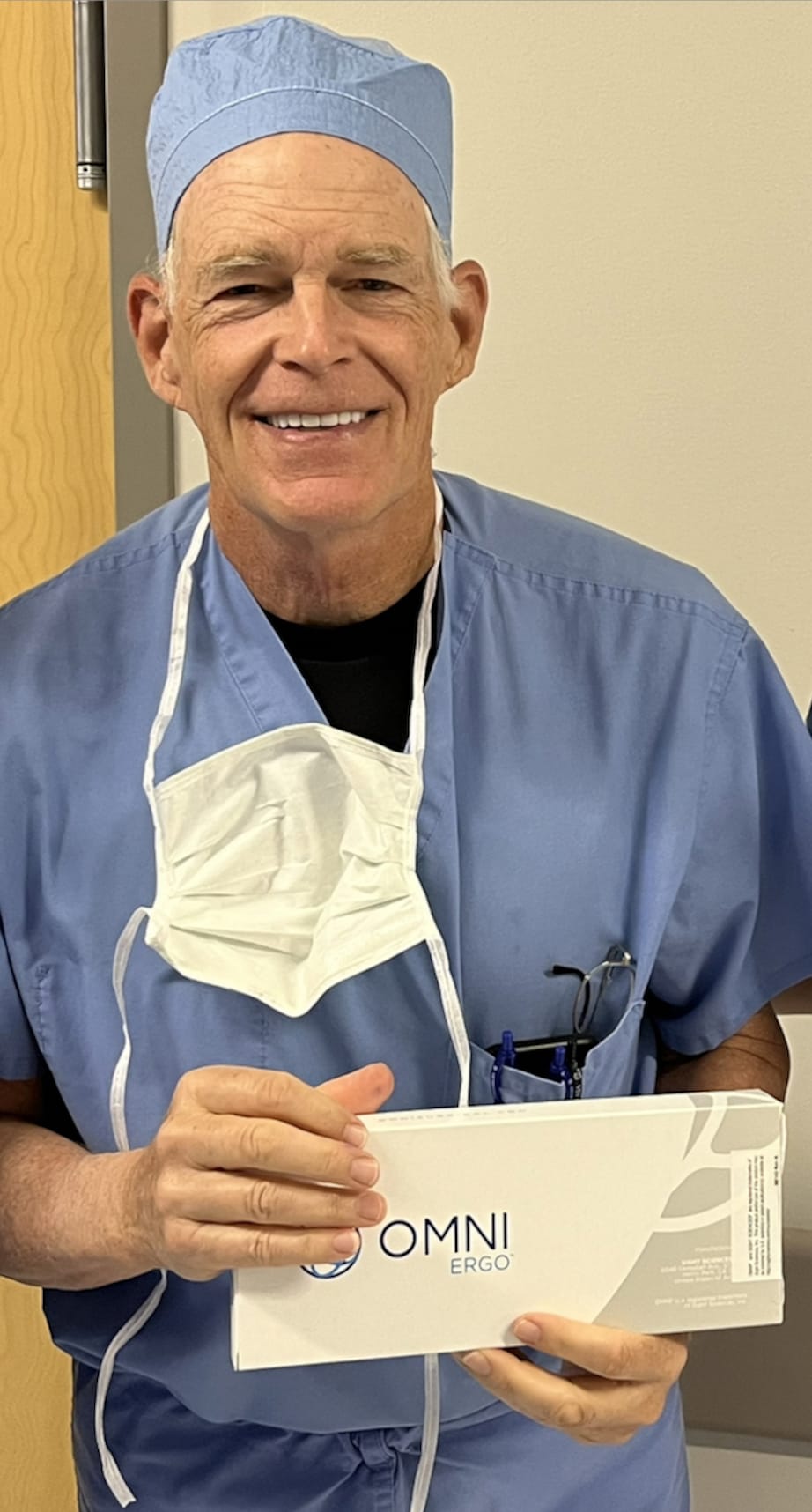Learn new techniques to achieve the best results for your patients.
My first cataract surgery was an intracap — a nearly 180° incision that involved removing the whole lens with a cryoprobe ice ball. When I was attending the Wilmer Eye Institute of Johns Hopkins Hospital, the rule was that first-year residents had to do five intracaps before we could move on to extracaps.
In my practice today, I do femto, torics, multifocals, utilize Alcon’s ORA and Verion Image Guidance System, along with a myriad of other new cataract technologies. If I had been able to look at one of my current post-op eyes back when I was a resident, I would have said, “That’s impossible! Where’s the incision? How can the cornea be so clear and the uncorrected vision so good?”
Since my days as a resident, all areas of ophthalmology have seen incredible breakthroughs. Twenty years ago, it was inconceivable that we would routinely perform precise glaucoma surgery in the angle through a gonioprism. Now, with the micro-invasive glaucoma surgery (MIGS) procedures that have become available in just the last 10 years, it is routine.

Still, not all surgeons have made the commitment to learn MIGS. In my opinion, only by embracing advances in technology can we continue to do the best for our patients.
While new technology is exciting, adopting it can be very challenging. As surgeons we must learn new techniques and change our treatment paradigms. Since most of the new procedures we perform have been developed after we have completed our training, how do we learn these new skills on our own? I’ll discuss that below.
SEIZE EDUCATIONAL OPPORTUNITIES
We are fortunate to have a vast array of teaching tools readily available to us. There are courses at meetings, websites and YouTube videos, along with many other educational opportunities. You can also ask a surgeon in your practice or community if you could watch them perform a procedure that you would like to adopt. Many would welcome that request.
STAY UP TO DATE WITH DEVELOPMENTS
Staying current with new developments will give you an accurate sense for what is truly an advance and what is aspirational hype. Reading a publication like Ophthalmology Management is a great way to see what other surgeons are doing. For most of us, it is better to adopt things after there is strong evidence for it being a true step forward. But it’s a balance. For example, you don’t want to be the only cataract surgeon not doing toric IOLs.
ASK A SALES REPRESENTATIVE
When you are considering a new technology, sales representatives are very knowledgeable about these techniques and how to train surgeons. They obviously have a bias toward their product, but they have a major stake in you having a good surgical experience and a good patient outcome. They also have an enormous body of experience, so they have great expertise. The reps observe multiple surgeons and see what techniques are the most successful. Pay attention to their advice!
LOOK TO THE PAST TO SEE HOW FAR WE’VE COME
I have given many talks about innovation in glaucoma surgery. I often will show a picture of an operating room scene from more than 80 years ago — the surgeons are not wearing gloves, hats or masks. To me, it is important to look to the past to see how far we’ve come in ophthalmology. By doing this we are able to see the continuing arc of progress.
CONCLUSION
How and when you adopt new technology is up to you. But unless you are planning to retire, adopting new technology is not really an option. Ophthalmology is a competitive, performance-based business. If we don’t use technology to get great results, patients will go elsewhere. Hopefully, embracing new technology will be exciting for you, produce great outcomes and keep you even more engaged in your career. I often think of the quote by Karen Lamb: “A year from now you will wish that you had started today.” OM
To share your story for an upcoming Lessons Learned, email Julie.Greenbaum@broadcastmed.com.









